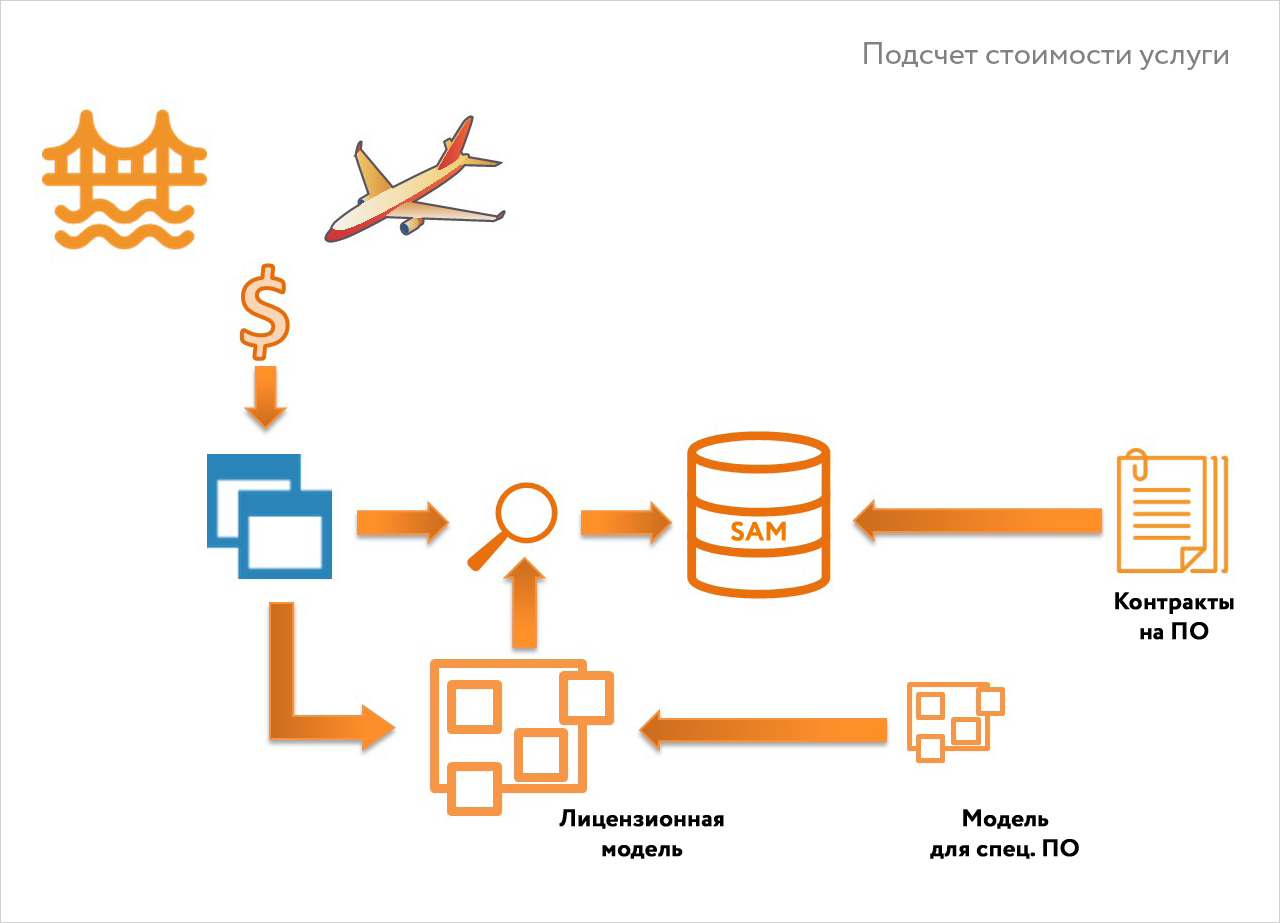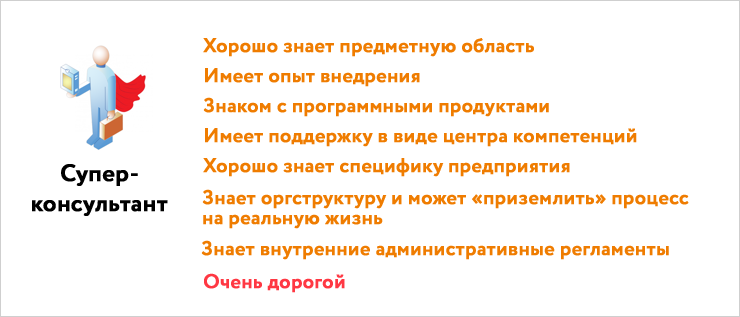IT asset management: how myths affect projects (Part 2)
When implementing ITAM solutions, one often encounters various myths. In order for the project to be successful, it is important to understand the nature of these misconceptions of the client, remove all open questions, get rid of unnecessary delusions or make sure that this is not a myth.
In the previous article I reviewed several myth questions:
- about the warranty of current information on IT assets due to automatic inventory;
- optional communication with the ITSM system;
- about the absence of influence of IT asset management on the Service Catalog, etc.
Today I will analyze the next batch of myths that have been accumulated during the implementation of projects to automate IT asset management processes.

Information on licenses and schemes can be collected automatically.
The best option is when the IT system calculates the licenses used without “manual” participation. If information on the installed software can be collected automatically, then their automatic connection with certain licenses is a more complicated task. And this information is only the basis for normalizing and supplementing data.
What will be required to fully automate the process of accounting for the use of licenses
| Accounting area | How to automate |
Data source |
|
Data source |
|
Licensed model |
|
It is also necessary to pre-purchase the purchase of core software, which already describes popular licensing schemes. This software is quite expensive, and the figure below is schematically displayed in the form of a cast-iron bridge and a wing from Boeing.
As in the case of automation of cost accounting for services, the practice of total automation is not always justified.

Automating the process of managing an IT asset purchase request speeds up the procurement
This is the case when automation does not guarantee final success, because it alone cannot speed up the planning or procurement process.
It is not enough to automate the processing of requests for new IT assets; organizational and process changes are needed:
- Increase the frequency of procurement procedures per year.
- Introduction of stock replenishment practice.
- Calendar dilution of procurement procedures between branches.
Without all these changes, you will receive an automated annual procurement process and a long wait for the requesting IT asset user.

Maximum information required from IT asset inventory system
This approach is mistaken for the reason that different IT systems should not completely duplicate each other, either in function or in the information stored in them.
You should not turn your IT asset management system into a storage system for technical configuration data that does not have a direct impact on IT asset management processes, but is needed to maintain a “good feeling” among system administrators.

')
The success of the project - in the implementation of all processes at once.
An idealistic approach to IT is not uncommon: we do everything at once. But practice shows that the one-time implementation of large complex IT systems can lead to a failure of the project deadlines or to the erosion of the boundaries of the “important” and “unimportant” on the part of the client.
Good:
- Select a separate important area for a functional customer and solve a specific problem.
- Move from one small victory to another and adjust the plans depending on the results obtained.
Poorly:
- Select a narrow area of implementation and solve the problems of inability to start due to predetermined restrictions.
- Attempt to move from accounting in Excel immediately to managing licensed purity and forecasting the budget for the purchase of IT assets.
Consultants work, we rest
There is always a temptation to delegate most of the tasks to the outside: we will invite consultants, and they will do everything for us. For effective work on the implementation of the need for teamwork from the contractor and the customer.
The first knows the subject area, experienced, has support in the form of a center of competence. The second knows the specifics of the company, its regulations and is able to “land” the project on the real foundation of business processes. Taking into account the described scheme of interaction according to the results of the project, the customer will receive the result he planned to receive.
It is also difficult to ignore the following: if the process is taken to the side of the “from and to” consultant, then the question of the cost of implementing such an IT system comes to the fore.

Summing up
Questioning and analyzing a number of myths in the field of IT asset management, we came to the following conclusions:
- Automating the process of accounting for the use of licenses in full will require a number of additional actions. Without the integration processes, inventory, mapping, customization is indispensable.
- Automating the process of managing an IT asset purchase request alone will not speed up the procurement process. We'll have to think about the organizational and process changes.
- Different IT systems should not be duplicates of either function or information.
- The success of the project - in the forward movement and solving IT problems.
- The optimal interaction scheme is teamwork, where the competencies of the executive consultant and the client complement each other.
We are not afraid to question the usual things. You can and should work with IT myths. After all, sometimes it turns out that this is not a myth, but the everyday reality of IT asset management projects .
Then you have to “remove” the misunderstanding: explain, persuade, advise, share information accumulated in the course of other projects and past “rakes”, refine models and regulations, adapt processes, etc. And it is easy if the consultant and the client are full participants in the process.
Source: https://habr.com/ru/post/353090/
All Articles